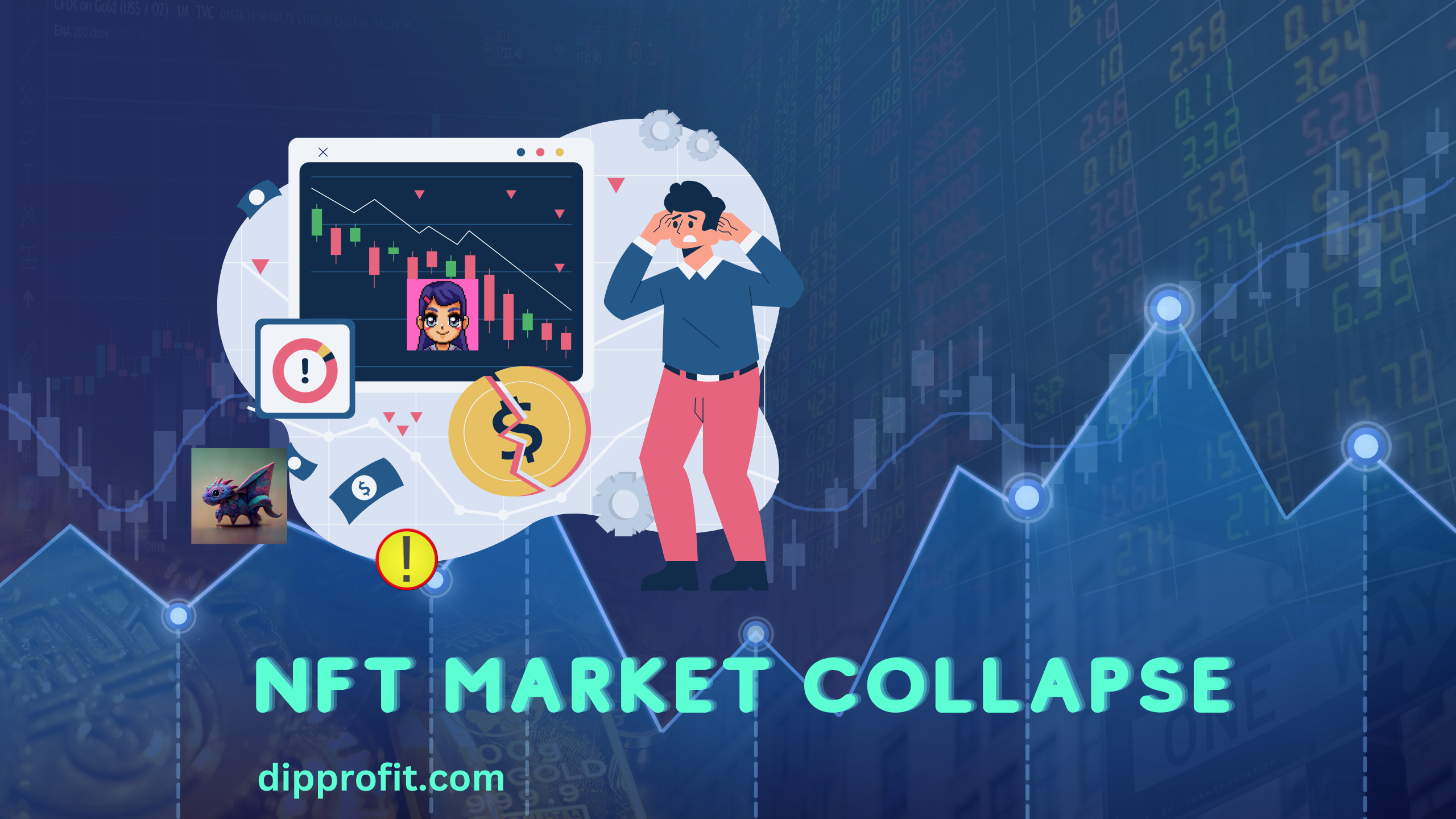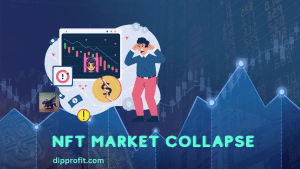
Introduction
The NFT market has been booming since its emergence in 2017, but recently it has experienced a large crash in prices. This crash has been attributed to a variety of factors, including the hype associated with NFTs, the volatile nature of cryptocurrency markets, and the lack of regulations on NFTs.
And as the market for NFTs continues to grow, many investors and traders are wondering what will happen next.
This blog post will provide an overview of the NFT market crash and what potential investors should consider before entering the market.
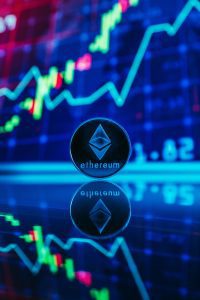
Reasons for the Crash
Economic theory can’t predict market crashes. The reason is that the market is supposed to be, above all else, an information-processing system. Markets get their prices from the assumptions and incentives of buyers and sellers.
If buyers and sellers start to lose faith that the information they’re getting about the economy accurately reflects reality, the market goes down. But markets can crash for a lot of reasons.
- Overproduction: Many NFT projects have been released in a short period of time, resulting in an oversupply of tokens and projects on the market, which has caused prices to drop significantly and has put pressure on investors who originally invested in the space.
- Speculation: Many NFTs have been bought for speculative purposes, driving up prices and creating a bubble that has recently burst.
In the past year, the prices for NFTs have skyrocketed due to speculation.
Investors have been buying up tokenized works of art and digital collectibles, with prices driven up by speculation.
This bubble recently burst, as prices for some NFTs have decreased substantially over a short period of time.
Many investors who had bought NFTs at the peak of the bubble have seen the value of their investments decline rapidly.
The impact of this price crash on the entire NFT market is still to be seen.
- Lack of Utility: Many NFT projects lack practical use cases and applications, leading to a lack of demand for these tokens and causing their prices to drop.
- Lack of Regulation: The NFT market is relatively new and lacks proper regulatory oversight. This creates uncertainty among investors and could be contributing to the current market collapse.
- Market Fatigue: With the surge in popularity of NFTs, investors may have become fatigued by the technology, leading to a decrease in demand for these tokens.
“The NFT market crash was caused by speculation, overvaluation of collectibles, and the sudden flooding of new investors. Many investors were buying up NFTs with hopes of profiting from the rising prices. As more people invested in the market, prices quickly rose to unsustainable levels.
When new investors stopped entering the market, there were not enough buyers willing to pay the inflated prices for NFTs and prices crashed. This left many investors holding worthless NFTs that had lost significant value.”
Solana Moves
The NFT market crash in February 2021 impacted the Solana blockchain and the DeFi sector as a whole. As the price of Ethereum and the prices of other tokens and coins dropped, the demand for non-fungible tokens (NFTs) also decreased.
This in turn forced NFT projects running on Solana to reduce their prices, resulting in a drop in Solana-based NFT sales volume. Additionally, many DeFi projects on Solana began to restrategize their approaches due to the instability of the crypto market.
Solana’s market value dropped to $4 billion during the time of the crash according to LiveCoin.
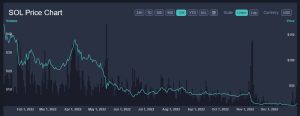
Ethereum Moves
Ethereum was affected by the NFT market crash in the same way that other cryptocurrencies were affected, with the value of ETH dropping drastically.
The market crash, which took place in late February 2021, caused the price of ETH to fall from around $1,700 per ETH to just around $780 over the course of a few days. The crash was attributed to multiple factors, including a decrease in demand for NFTs, a rise in transaction fees on Ethereum’s blockchain, and a reduction in speculation from investors who had speculated on NFTs.
Despite the crash, Ethereum has since recovered and is currently trading at prices higher than before the crash.
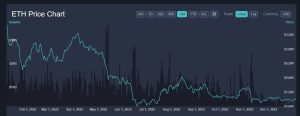
Have NFT prices fallen?
NFT prices have seen some declines in recent weeks, but overall the market has been fairly stable since its introduction late last year. The continued growth of the NFT sector and the heightened interest in non-fungible tokens as a form of digital asset has kept prices relatively stable despite some corrections in the short term.
But, aside from the end result of the collapses, NFT prices were generally declining throughout the year.
When compared to the previous year, NFT sales were collapsing by more than 90% in nearly every metric in October 2022, including volume and price.
Trading volume on OpenSea, one of the most active NFT markets, fell from $3 billion in September 2021 to $350 million in September 2022.
Is the NFT market still growing?
Yes, the NFT market is still growing. In 2021, the market saw record growth and broke multiple records for trading volume and prices.
The trend is expected to continue as more people become familiar with the technology and use it to purchase digital art and collectibles.
Although 2022 didn’t replicate the same success, according to statista.com, revenue in the NFT segment is projected to reach US$3,686.00m in 2023. Revenue is expected to show an annual growth rate (CAGR 2023-2027) of 22.91% resulting in a projected total amount of US$8,412.00m by 2027.
So yes, it is growing.
Summary
The NFT market is still growing rapidly, despite a few bumps in the road.
Recent data from DappRadar shows that weekly trading volume for NFTs has increased by over 700% since the start of 2021, and there are now more than 8,000 NFT projects in development.
However, with the emergence of new projects, it is important to be aware of potential risks associated with investing in the NFT market, such as the possibility for the market to collapse due to a lack of liquidity or the failure of projects to meet expectations.
These risks should be taken into consideration when assessing the potential profitability of any NFT investments.

